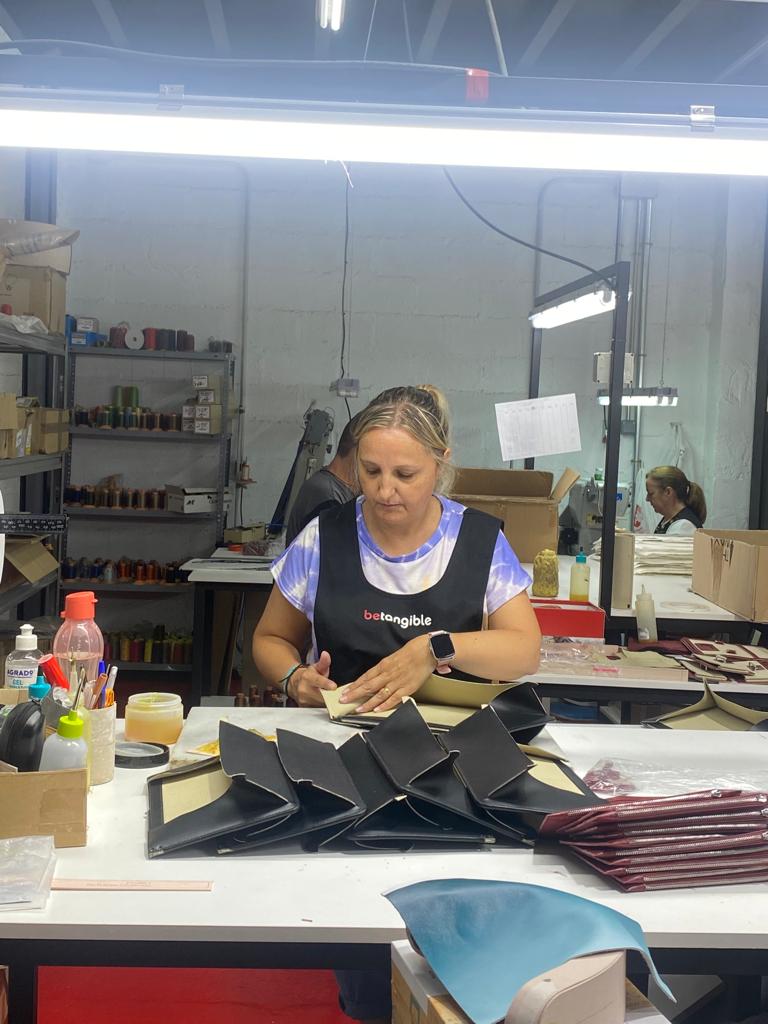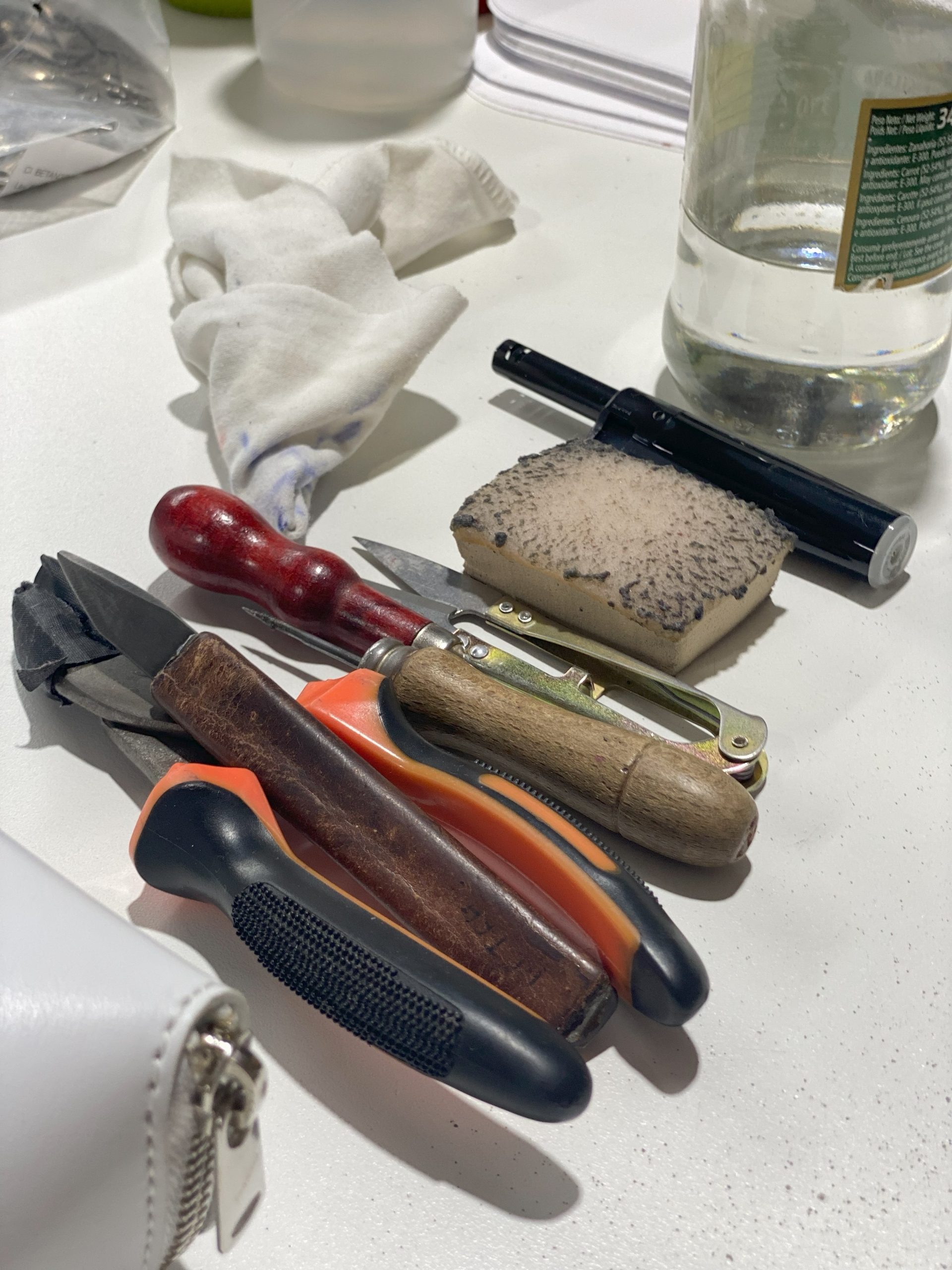The Hidden Gems of Ubrique: How These Leather Goods Manufacturers are Putting Spain on the Map. A personal view
I remember the first time I saw this town on the map and I was immediately intrigued by the word Ubrique, it sounded incredibly exotic and intriguing! What exactly does it mean? Where does it come from? Is there anything special about this small town in Southern Spain? Well, I’m going to share with you why this little town of less than 16,000 inhabitants has managed to become one of the fastest growing artisanal guild in Europe.
The leather products made in Ubrique have a great hand-made quality. They are crafted with tremendous care and attention to detail. It’s only natural that products made by artisans would take a little longer to produce, but their unique qualities make them well worth it. These will last a lot longer, that’s why they are usually seen as an investment.
Spanish leather goods manufacturing has been a popular trade for centuries, thanks to handbag makers from towns like Ubrique, who focus on sustainable leather products. Their savoir faire is evident in every piece of leather they produce—from handbags to other items. They use techniques that date back to 16th century adding their own Spanish touches.
One of most interesting aspect about Spanish leather goods is that they have their origins in an artisanal line. By utilizing these highly skilled artisans, who work with all kinds of different leather and craftsmanship techniques, Spanish leather goods manufacturers bring traditional know-how to modern design and customer needs. This customer-oriented approach to making artisanal leather accessories sets Spanish brands apart from many others.
Going forward, leather goods manufacturers will need to push a process of transmitting the savoire-faire and skills down to the younger generations of artisans. In addition, manufacturers in Ubrique will have to continue moving towards sustainability through collaboration with local suppliers in order that the players in the supply chain are as close to the manufacturing facilities as possible. Some manufacturers will be able to make these shifts while others may not. We’ll see how sustainable some businesses remain by looking at corporates with strong international presence, despite an increase in demand for artisanal goods.









There are no comments